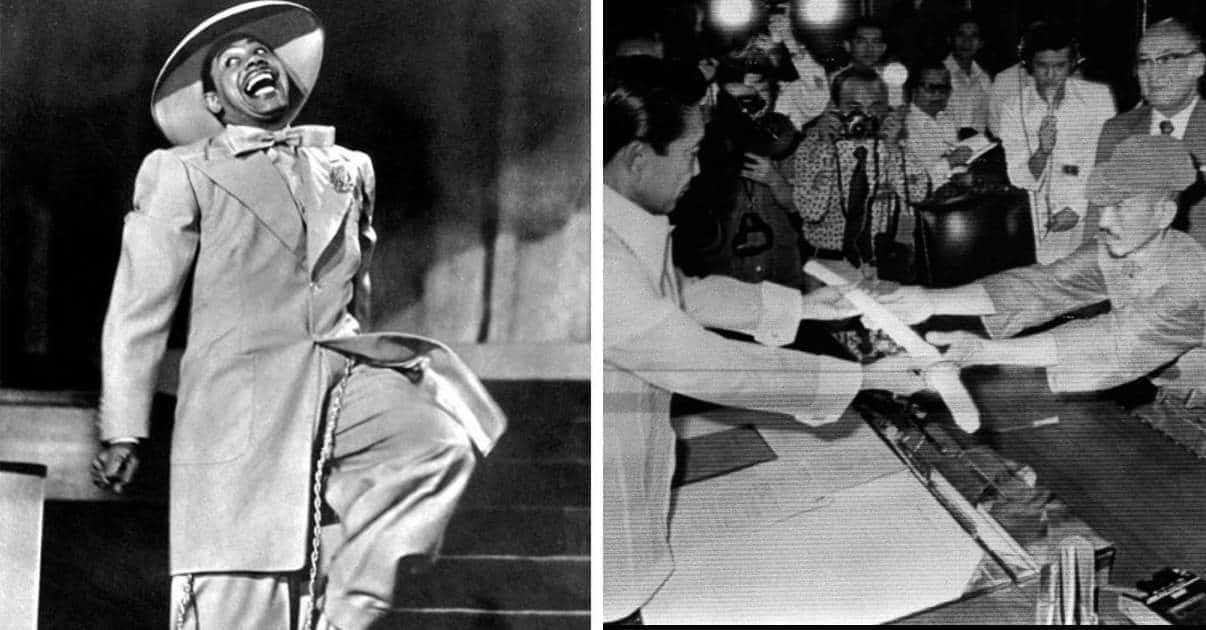The internet did not invent viral stories that captivate the country and become a burning topic and conversation trend. Nor did it invent fads that seem to appear out of nowhere, sweeping the nation and maybe the world for some time, then vanish. Viral stories and odd fads have existed long before the so-called “Information Superhighway” had been conceived of. The internet simply provided a new means for wider and nearly instantaneous dissemination of those viral events, that earlier generations did not have. And the top internet providers like Charter Spectrum has played a vital role in it.
But even without the internet, Twitter, Facebook, YouTube, and whatever the kids are using these days, our predecessors had their own viral moments. Just like us, they experienced events that were inexplicably fascinating, appeared suddenly, and swept the country or the world like a prairie fire. Today’s generations had fluff fads like the Beanie Babies of the 1990s, dumb challenges like the Fire Challenge of the aughts, or the more recent Mannequin Challenge. Earlier generations had their own silly viral challenges, like flagpole sitting in the 1920s, swallowing goldfish for kicks and giggles in the 1930s, or literally rioting over fashion choices in the 1940s. And just like us, they also had weird or viral stories, that gripped them with all the fervor and passion viral stories grip many of us today.

Following are ten exceptional, unusual, or weird events from history that would break the internet if they or something like them happened today.

Phone Booth Stuffing Took the 1950s by Storm
Remember planking, the Ice Bucket Challenge, or similar fads that seem to grip the country from time to time, quickly spreading like wildfire, before fading into oblivion? Their 1950s equivalent was the phone booth stuffing fad, in which people around the world – or at least the English speaking world – competed to see how many folk they could cram into a phone booth.
It is often assumed to have begun in colleges on the US West Coast, but in reality, it started in Durban, South Africa. There, in early 1959, twenty five students tried to see if they could fit into a phone booth. They pulled it off, and submitted their accomplishment to the Guinness Book of World Records. Word of their bizarre stunt spread, and before long, a fever of phone booth stuffing had spread to England, Canada, and the US.
To participate, people – usually college students – would squeeze themselves into a phone booth, one after another, until nobody else could fit in. While seemingly straightforward, there was a lot of complexity involved. In 1959, college kids began skipping class to devise plans to beat the record. Schematics were drawn to try and figure out the optimal configuration for cramming the highest number of human bodies into a phone booth, kind of like a 3-D Tetris. In Britain, where the fad became known as the “telephone booth squash”, some students went on diets to reduce their bulks. In MIT, some turned to geometry and advanced calculus to figure out the most efficient configuration for cramming bodies into a tight space.
As the competitive juices flowed and the competition heated up, accusations of cheating were hurled. Some universities’ claims were challenged because of violations of supposed rules that should have been followed. Some argued that a booth stuffing was valid only if somebody inside was able to make a phone a call. In some universities, the count was based on any part of a competitor’s body placed inside the booth. They were challenged by other campuses, who contended that it only counted if all participants had their entire bodies inside. Eventually, amidst heated recriminations, the fad died out by the end of 1959.

